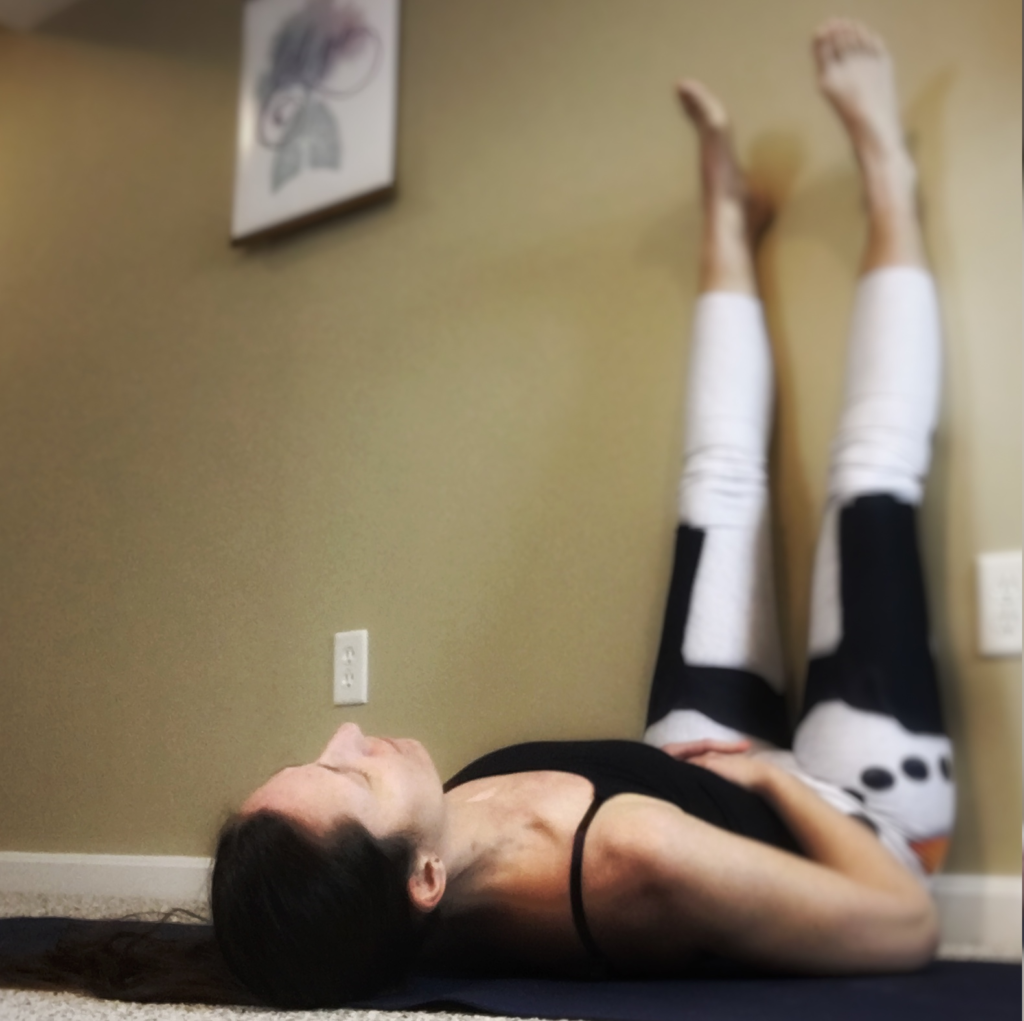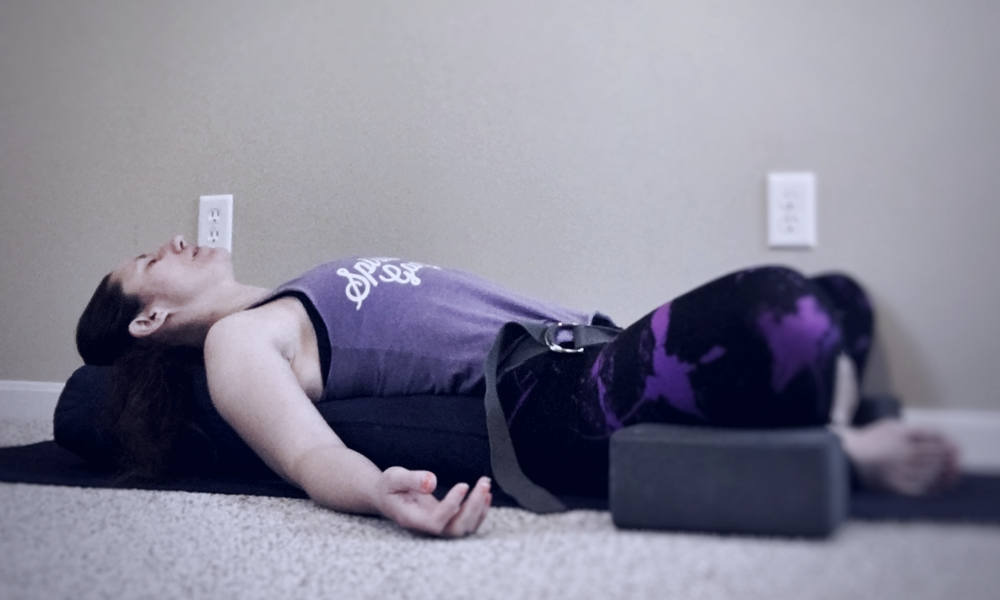In our invariably moving and connected world of cell phones, busy schedules, and constant life demands, creating some space for unconnected rest is so important. Especially living during the current pandemic where for many of us screens have inevitably become more prominent and unavoidable. How often have you let yourself truly rest?
Rest may sound like just another thing to add to that already overflowing list of “self-care” items, but the rest I’m talking about has all sorts of benefits for the body and mind, even though it takes only minutes a day.
I’m not talking about sleep here, but genuine rest. The kind, after which you don’t feel sleepy. Instead, you feel ready to tackle the next part of your day whatever it looks like.
If you already have a yoga practice, then you are most likely familiar with this type of rest. Savasana, or corpse pose, can be one of the hardest poses to maintain even though it might be the easiest to get into. Let’s explore how to approach this kind of rest and what changes you can hope to see if you start making it part of your self care practice.
Getting Comfortable
The first challenge is finding the right position. You should feel completely comfortable and fully supported. There are no wrong answers here. The goal is to avoid anything that gets in the way of allowing you to release tension in the body. That’s it. If you are choosing to lay down and have trouble with your lower back, it might help to bend the knees over a blanket or bolster or even elevate the lower legs on a chair. If you have reflux, maybe keeping the torso at an angle using pillows to fully support the body or sitting completely upright is a better option. Whatever position you choose, be sure it is somewhere you feel comfortable staying for a while. Of course, if you are comfortable to begin with and it becomes uncomfortable always make the changes you need to get back to that comfortable and fully supported state. Things change as your body starts to relax, so let go of any judgment if you keep needing to readjust to stay comfortable, it’s part of the process.

Allowing the body and mind to release
So, you have found the most comfortable position in the world. Now what?
The next step involves allowing your body to settle in. This is the best time to try and make any adjustments to your position. Making sure you are really supported and there isn’t any tension occurring in order to maintain your position. This phase really only lasts a minute or two. It is in this moment you start to let go of the movement either of your day or of the asana you just practiced.
As your body starts to relax, start to focus on any sensations that are happening for you. This could be anything from feeling the breath to noticing the places your body is in contact with your support. Trying to keep the focus on sensation, allow any tension to further release from the body. If it helps to focus on one part of the body at a time, do what feels right for you. When I am teaching, I sometimes lead what is known as a body scan at this point to help students do just this without having to think about it on their own. It’s super simple. Start with the feet and give each part of the body a few breaths of focus to release. You can be as detailed or as general as you want. Slowly work your way all the way up to the head and face.
Truly letting go
This next step is what makes Savasana so difficult and why it truly is a constant practice.
As you start this journey into a restful state, the mind usually starts to wander. Inevitably this restful state of mind is interrupted by thoughts about something that happened during the day, some piece of news you can’t wait to share with a friend, or maybe the to do list for the days ahead. Whatever the thoughts are, words, images, see if you can allow yourself to simply observe them and not be affected. Any associated feelings that arise let go of judgement for having them and let it all happen. Then flow back into the present moment and sensation. The practice is being able to observe everything that is happening, allow it to flow through you and allow yourself to really feel all of it without becoming invested in the feelings or thoughts themselves. It is hard to explain without having experienced it. This ebb and flow between feeling sensation in the present moment and noticing the thoughts and feelings that arise is the true practice of Savasana.
Now I know how, but why should I?
I am going to be honest with you guys, I have not been practicing the last few months the way I know I want to. I am sure I am not alone in this. I have just been off and that’s ok. But recently, I started meditating again.
I had forgotten how much meditation can be a place where my brain figures things out for itself. A place where my wandering thoughts have made connections and pointed me in directions that I never would have thought of otherwise. These small epiphanies have started to motivate me in new ways, but only because I have finally taken the time to listen to them again.
If that alone were the only benefit, it would be enough; but there are so many more! This kind of rest can have all sorts of affects on the physical body such as lowering blood pressure, reducing chronic pain, improving sleep, and reducing stress.
The practice of observing your own feelings and thoughts as they arise without judgement is another huge benefit, but it is also the reason Savasana is so difficult in the first place. Being able to bring this practice of observation off the mat and into life is definitely challenging, but it comes into play for me constantly. Maybe when faced with a change I am able to observe the feeling of fear creeping in, acknowledge it and make the choice to dive into the change anyway. Or maybe in the heat of an argument I am able to suddenly let go of judgment that I was feeling toward the other person. Or maybe even notice how the other person is holding onto judgment and therefore come to more of an understanding. Being able to have this sort of awareness about my own thoughts and feelings has given me a better sense of self and has helped to build my confidence in a healthy way. It has also helped to lower anxiety by giving me more experience feeling comfortable with passing feelings or strange sensations therefore, allowing me to actually feel them without judgment.
I could go on, but the only way to notice these benefits is to try it for yourself. Let go of the need to continue moving and really dive in to slowing down for a bit, even if it’s just a few moments a day. See how true rest might benefit you.
Ready to give yourself a true and deep rest? Join Heather for “Reflect & Reset” Kripalu Yoga on Sundays in December at 11 AM PST / Noon MST / 1 PM CST / 1 PM EST. Register for CF Yogi here, then go to the class page in the member portal to join us in Zoom!

